Bringing nature indoors has never been more popular, and with good reason. Potted plants not only add a splash of color and life to your home but also improve air quality, boost your mood, and create a soothing atmosphere. Whether you’re working with a cozy apartment, a sunny windowsill, or a sprawling balcony, learning how to pot a plant properly is the first step toward building your own little indoor oasis.
In this guide, we’ll take you through everything you need to know about potting a plant — from choosing the right container to understanding soil mixes, and from essential tools to plant care tips. Let’s dig in!
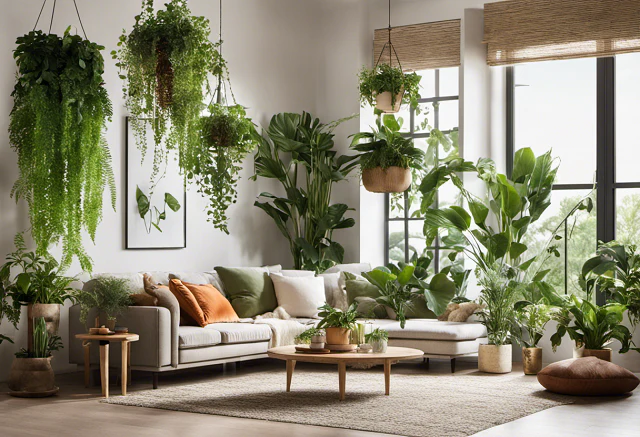
Why Potting Plants Is Worth It
Before diving into the how-to, it’s important to understand why potting plants is such a wonderful addition to your living space:
- Improves Air Quality: Many houseplants help purify the air by filtering toxins and releasing oxygen.
- Boosts Mental Well-Being: Being surrounded by greenery has been shown to reduce stress, promote relaxation, and enhance focus.
- Adds Aesthetic Appeal: Plants bring warmth, texture, and color to any room, complementing various décor styles.
- Flexible & Portable: Potted plants can be moved easily to suit your mood or the seasons.
Now, let’s explore how to pot a plant like a pro.
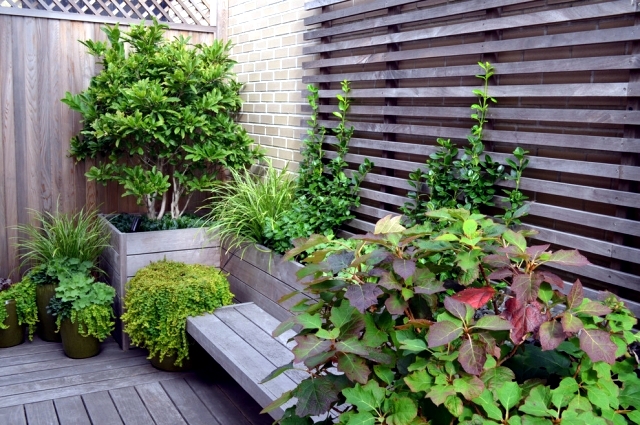
What You’ll Need
Before you get started, gather these essential tools and materials:
- A plant of your choice
- A suitable pot with drainage holes
- Potting mix appropriate for your plant
- Small gardening trowel or spoon
- Gardening gloves (optional)
- Pebbles or small stones (for drainage, if needed)
- Watering can or spray bottle
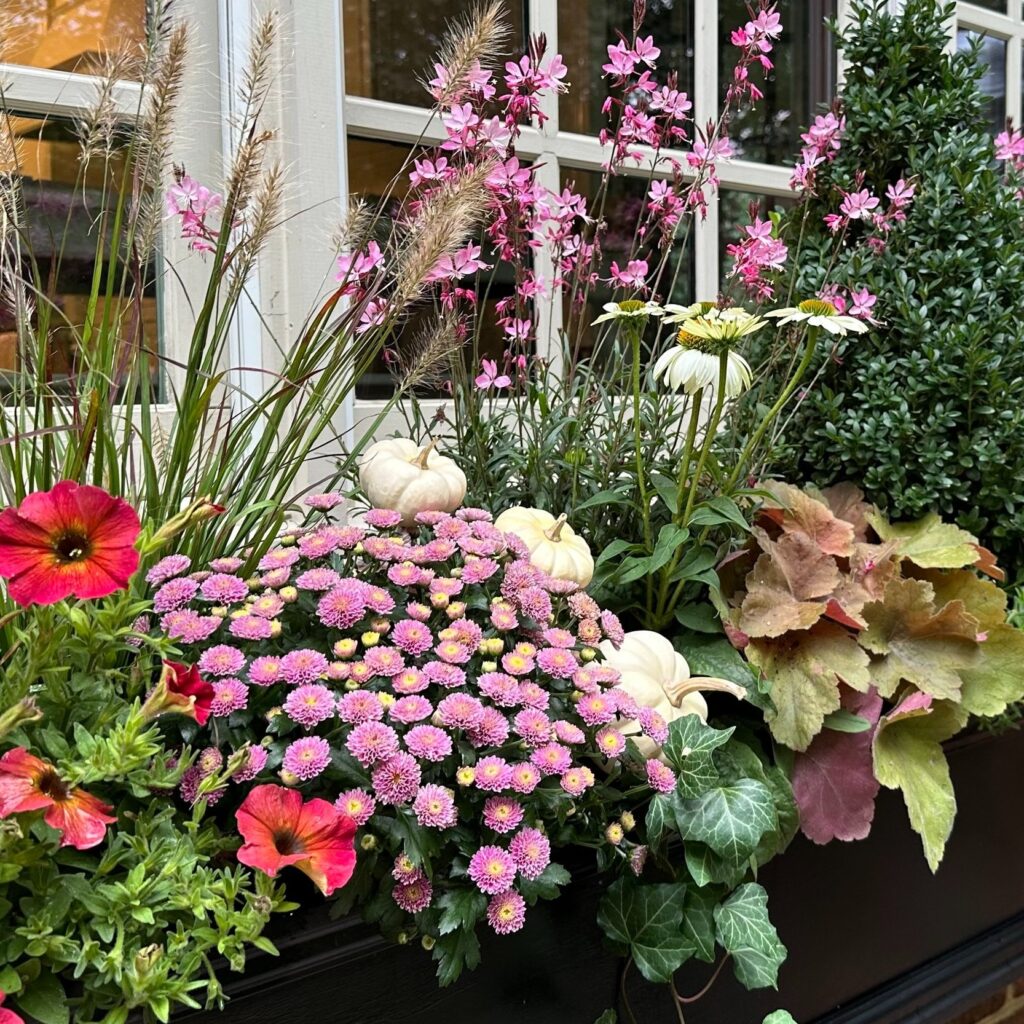
Step-by-Step Guide to Potting a Plant
1. Choose the Right Pot
Selecting the right pot is crucial for your plant’s health and growth. Here’s what to consider:
- Size: The new pot should be about 1–2 inches larger in diameter than your plant’s current container. Too large a pot can retain excess moisture, leading to root rot.
- Material: Common options include terracotta, ceramic, plastic, and metal. Terracotta is breathable but can dry out quickly, while plastic retains moisture better.
- Drainage: Always opt for a pot with a drainage hole at the bottom. This prevents water from sitting in the soil and causing root rot.
2. Prepare the Pot
If your pot has large drainage holes, place a small piece of mesh, coffee filter, or a few pebbles over the holes. This keeps soil from spilling out while still allowing water to drain freely.
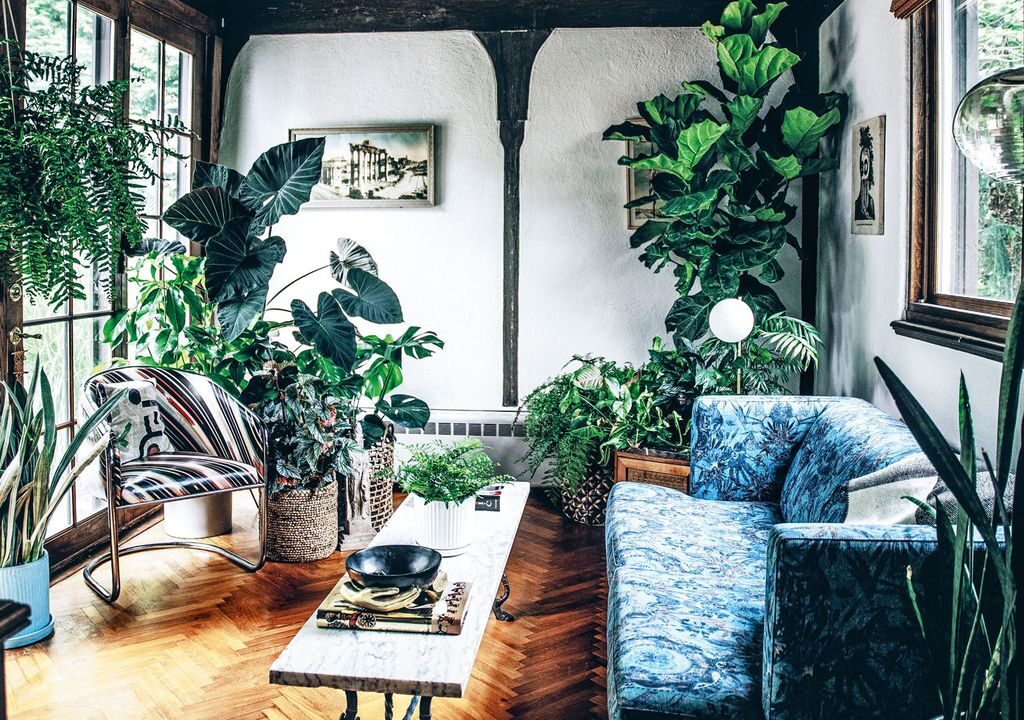
3. Select the Right Potting Mix
Different plants have different soil needs:
- Succulents and Cacti: Prefer sandy, well-draining soil.
- Tropical Plants (like Monstera or Pothos): Thrive in rich, airy, well-draining mixes.
- Orchids: Need chunky, bark-based mixes for good airflow.
- General Houseplants: Do well with high-quality, all-purpose potting soil.
Never use garden soil for potted plants — it can be too dense and may harbor pests or diseases.
4. Remove the Plant from Its Old Container
Gently tap the sides of the plant’s current pot to loosen the soil. Hold the plant near the base and carefully slide it out. If it’s stubborn, tip the pot sideways and use a tool like a butter knife to ease it out.
Pro Tip: If the roots are circling the root ball (root-bound), gently tease them apart with your fingers. This encourages outward growth in the new pot.
5. Position the Plant in the New Pot
Add a layer of fresh potting mix to the bottom of the new pot. The plant should sit at the same soil level as it did in its previous container. Place the plant in the center, adjusting the soil underneath if needed.
6. Fill in Around the Plant
Using your trowel or hands, fill in around the plant with potting mix. Press the soil lightly to remove air pockets but avoid compacting it too tightly, as plants need oxygen around their roots.
Leave about an inch of space between the soil surface and the rim of the pot to allow for easy watering.
7. Water Thoroughly
Give your newly potted plant a generous drink of water until it starts to drain from the bottom. This helps settle the soil around the roots and reduces transplant shock.
Post-Potting Care Tips
Once your plant is happily settled in its new home, keep these care tips in mind:
- Water Wisely: Different plants have different watering needs. Check the soil’s top inch — if it feels dry, it’s time to water.
- Light Requirements: Place the plant in an area that suits its sunlight preferences, whether it’s a sunny window or a shady corner.
- Fertilize Occasionally: Use a balanced, water-soluble fertilizer every few weeks during the growing season (spring and summer).
- Check for Pests: Regularly inspect leaves and soil for signs of pests like gnats, aphids, or mealybugs.
Common Potting Mistakes to Avoid
Even seasoned plant lovers make occasional errors. Here’s what to watch out for:
- Overwatering: The number one killer of houseplants. Always check soil moisture before watering.
- Using the Wrong Soil: Match your soil mix to your plant’s specific needs.
- Skipping Drainage: Never pot a plant in a container without a drainage hole.
- Ignoring Root Bound Plants: If roots are circling the bottom, tease them apart or trim lightly before repotting.
- Sudden Relocation: Moving a plant from one environment to a vastly different one can cause stress. Gradually acclimate it to new conditions.
Creative Potting Ideas
Want to make your indoor plant setup extra charming? Try these ideas:
- Decorative Planters: Opt for patterned, textured, or colorful pots to match your interior style.
- Upcycled Containers: Use old teacups, baskets, or mason jars (with drainage solutions) for a unique touch.
- Hanging Planters: Perfect for trailing plants like String of Pearls or Ivy.
- Plant Stands: Elevate your green friends to add dimension and interest to your space.
Conclusion
Potting a plant might seem like a simple task, but doing it right makes a huge difference in your plant’s health and longevity. From selecting the perfect pot and soil mix to giving it the care it needs, every step contributes to creating a thriving green space in your home.
Whether you’re a beginner or a plant parent looking to expand your indoor garden, mastering the art of potting plants will not only enhance your décor but also bring a little more calm and vitality to your everyday life. So grab a pot, pick a plant, and start transforming your space with beautiful, living greenery today!

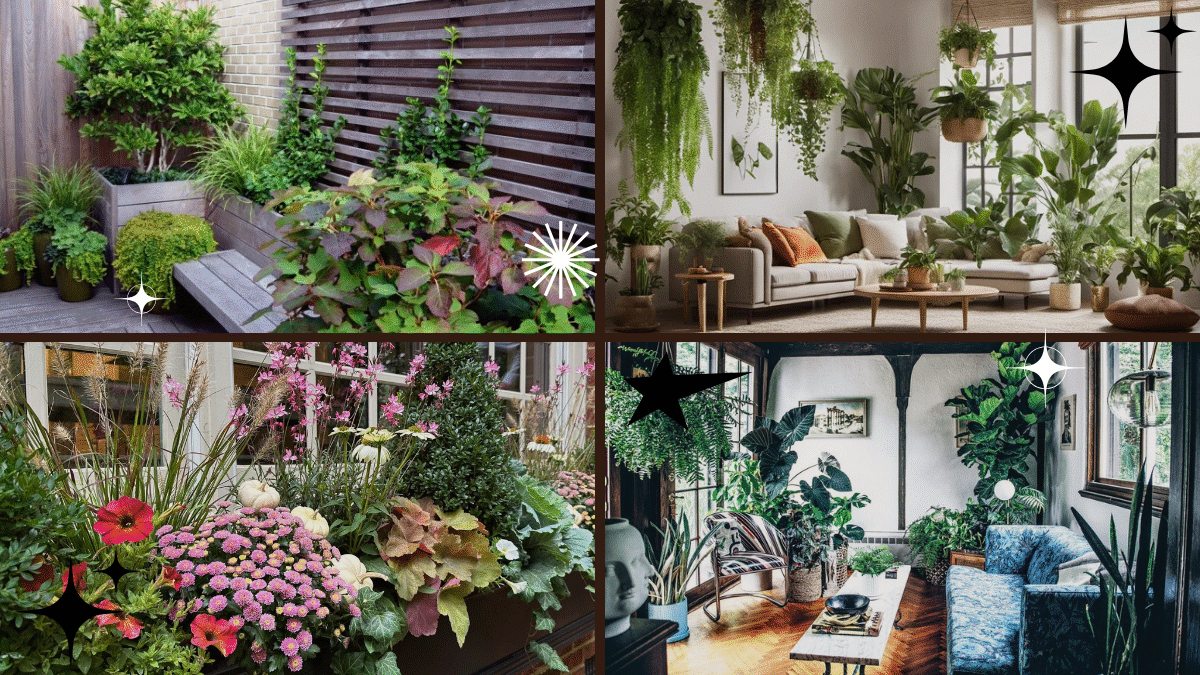


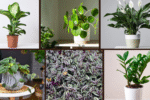
Leave A Comment